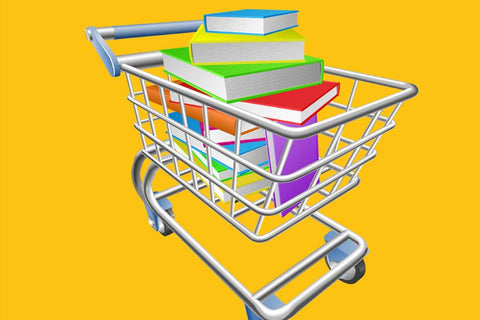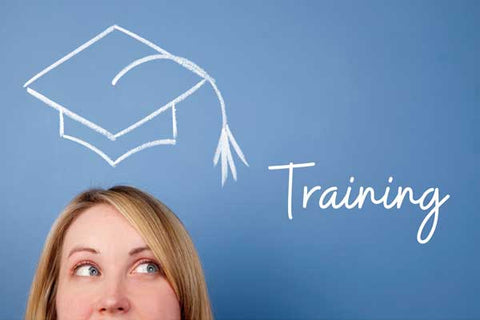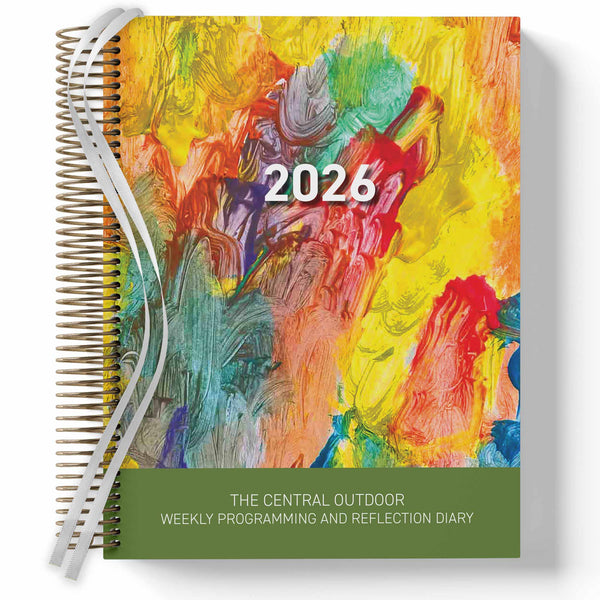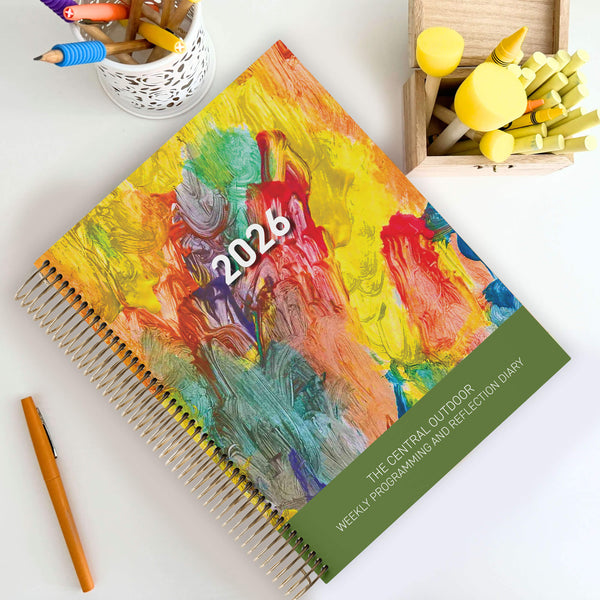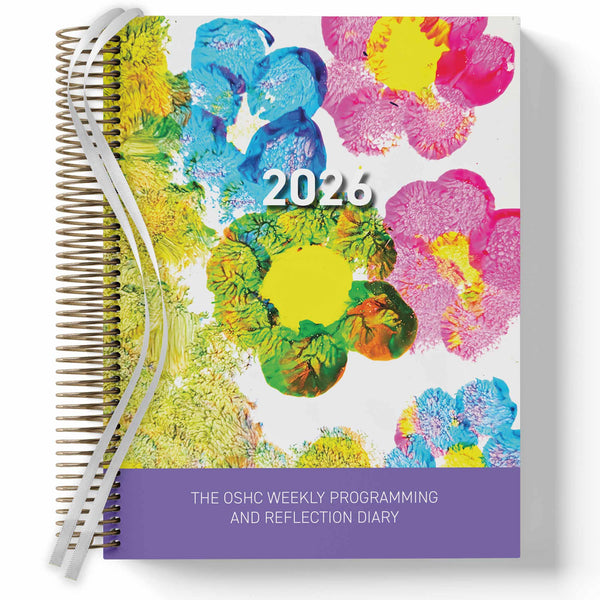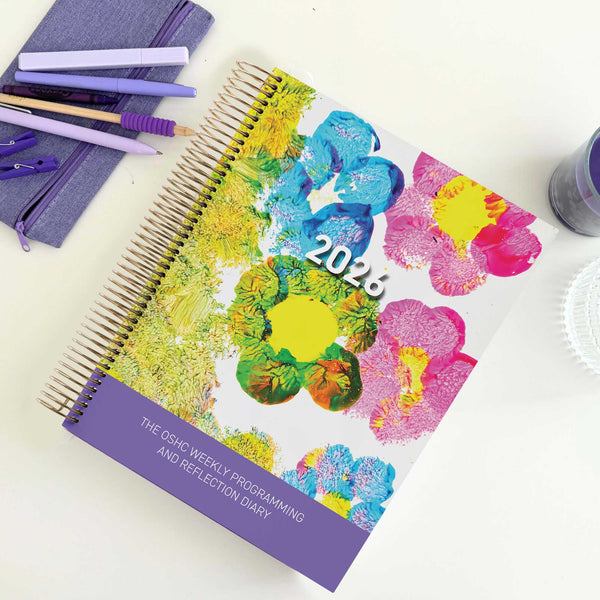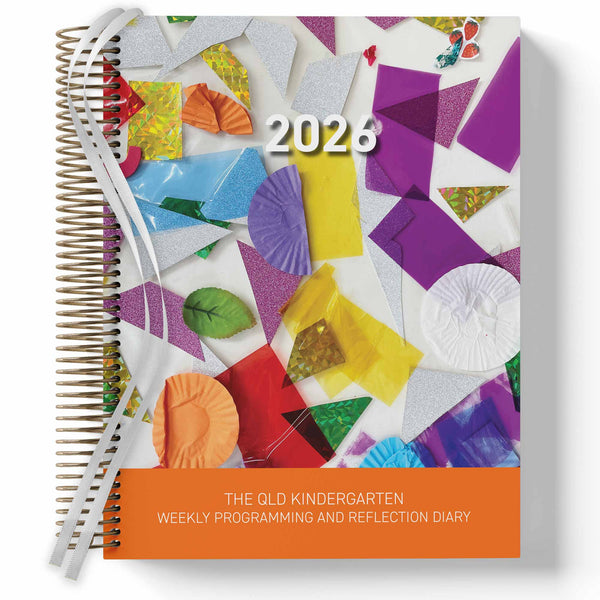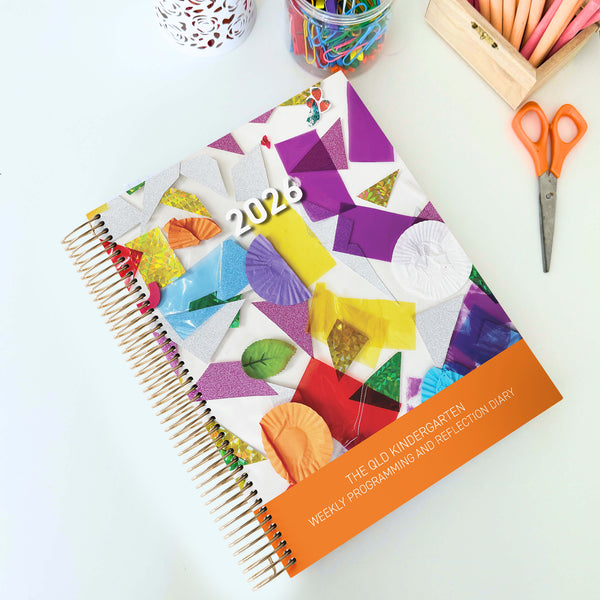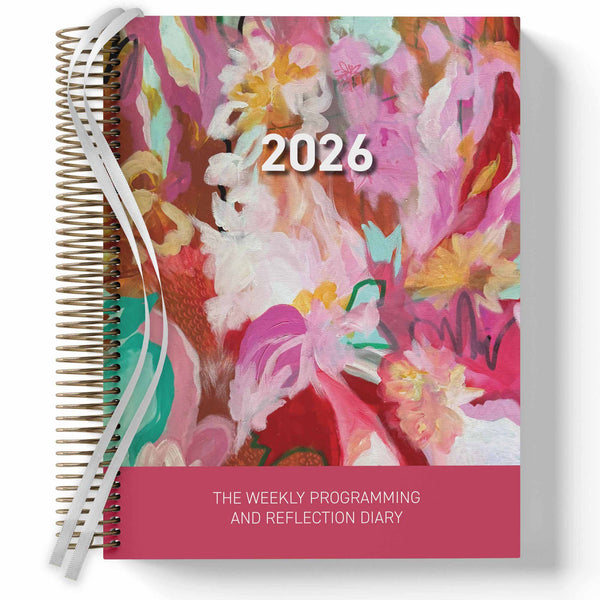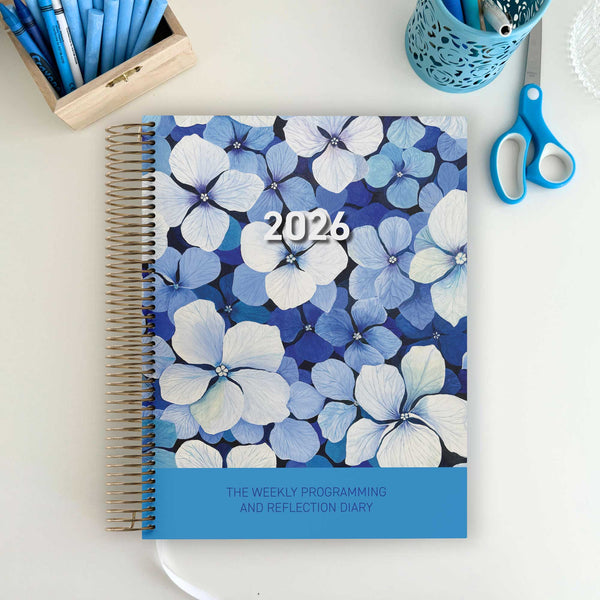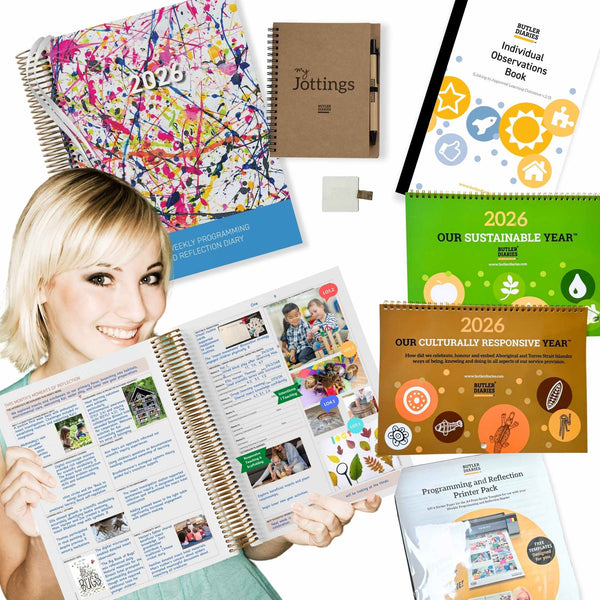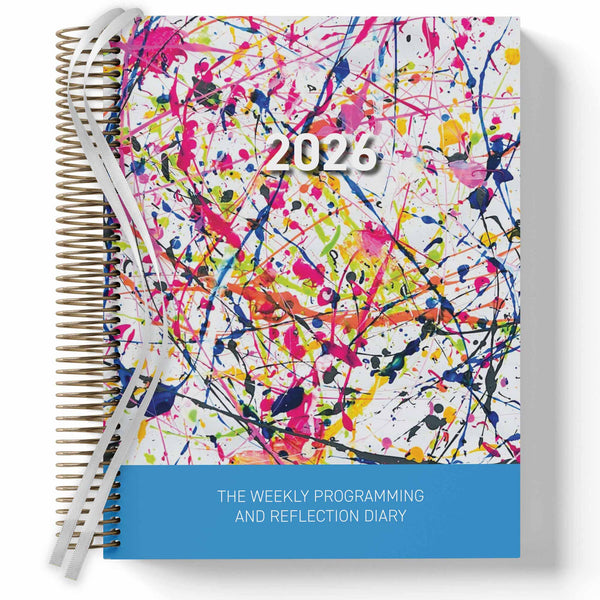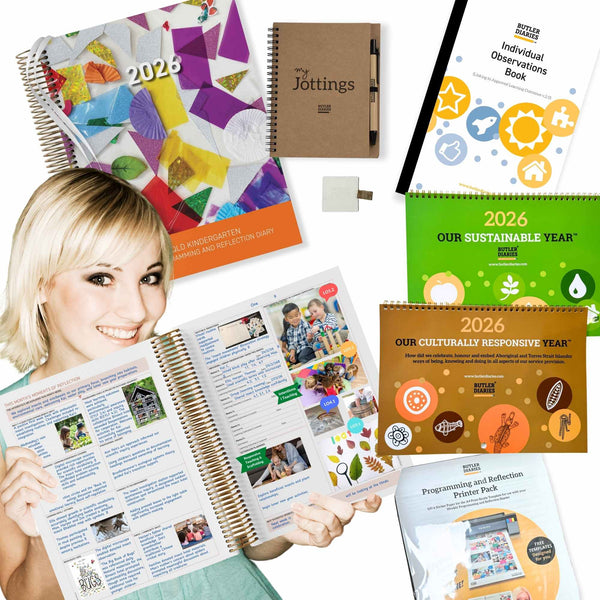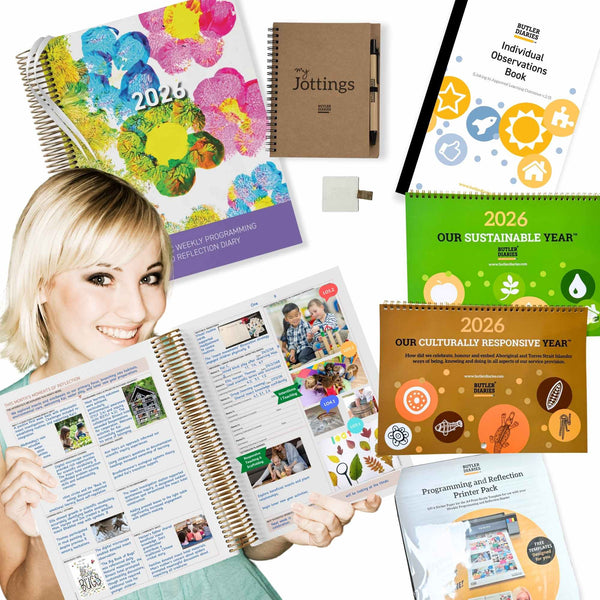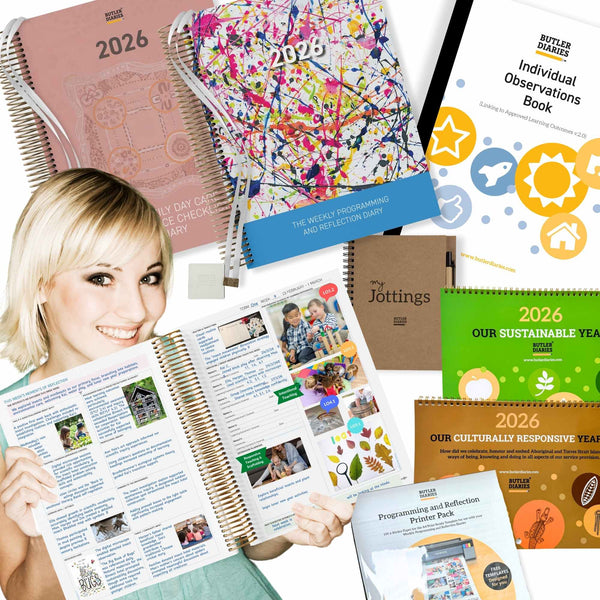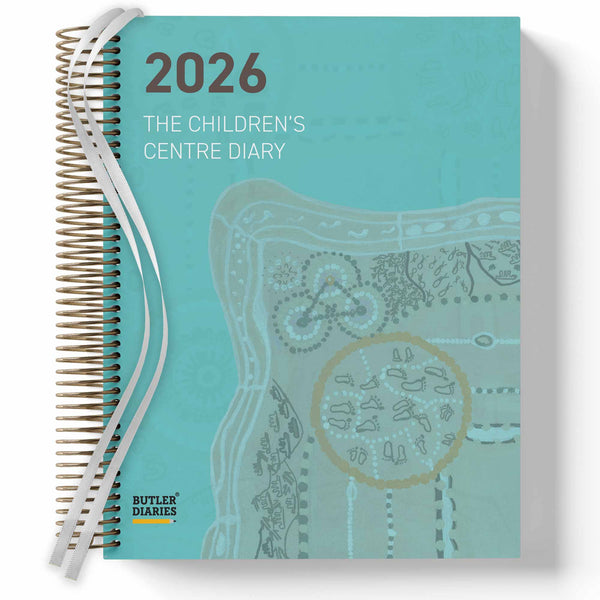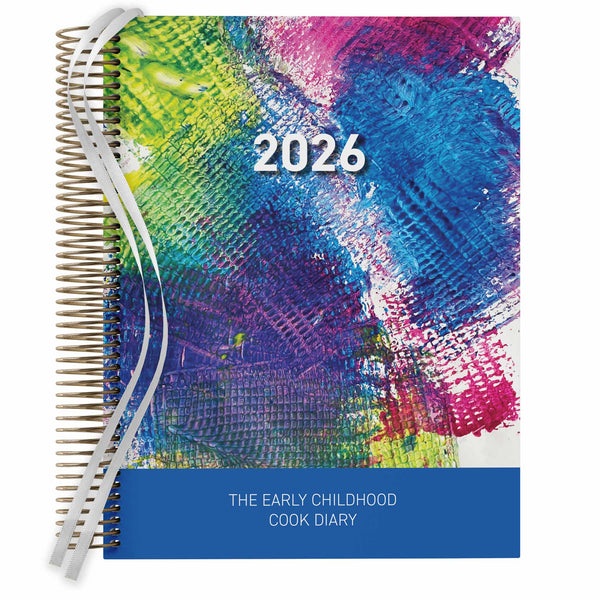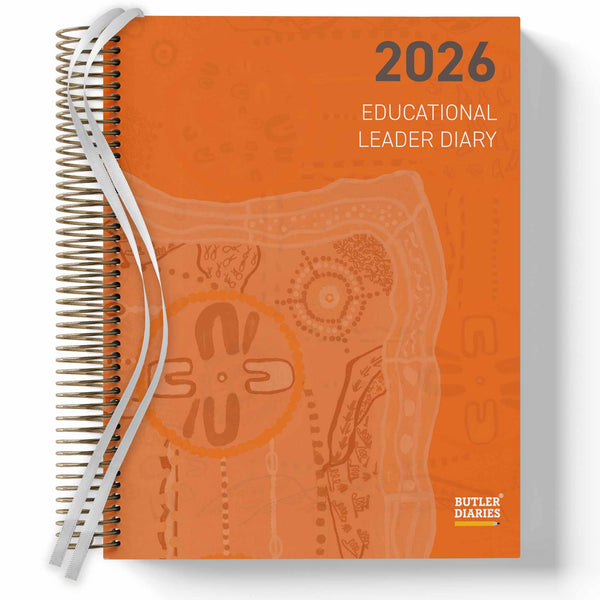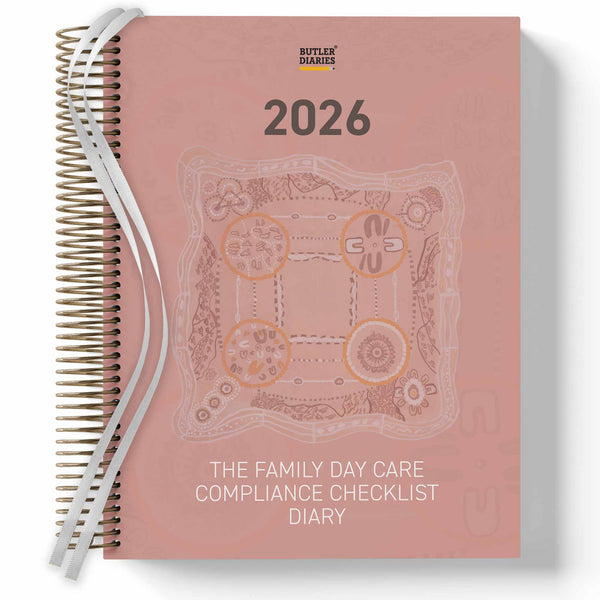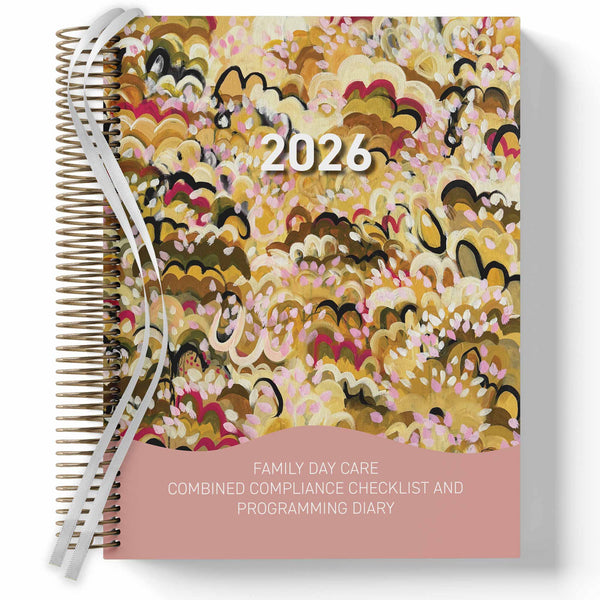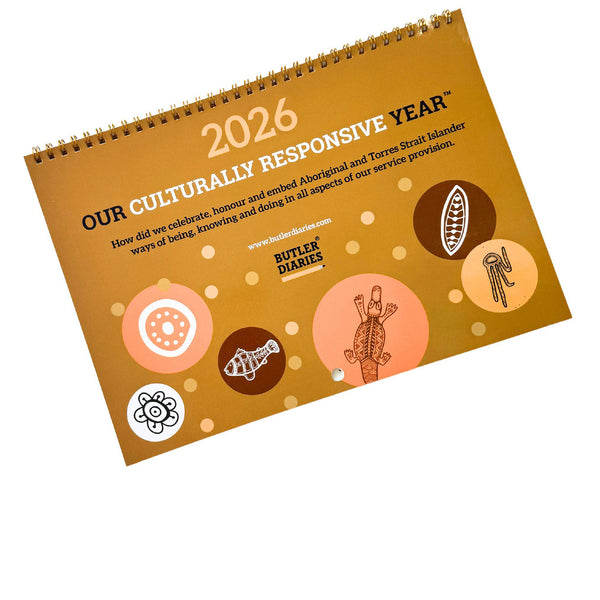Loose parts play in Early Childhood Education and Care (ECEC) offers a rich opportunity for children to engage in open-ended, creative, and exploratory play. This type of play allows children to manipulate and transform materials in a variety of ways, fostering key developmental areas. Linking loose parts play to the Early Years Learning Framework (EYLF), it strongly supports children's learning in several key learning outcomes.
Here’s how loose parts play promotes children's learning, aligned with the EYLF:
Loose Parts in ECEC and Outcome 1: Children Have a Strong Sense of Identity
Loose parts play promotes self-expression, individuality, and decision-making. Children can choose, combine, and interact with materials based on their preferences, fostering a sense of ownership and control. The open-ended nature of loose parts encourages them to experiment with different roles and scenarios, strengthening their identity and confidence.
- Example: A child creating a sculpture with pebbles and sticks may feel proud of their creation, which in turn strengthens their sense of identity and self-worth.
Loose Parts in ECEC and Outcome 2: Children Are Connected with and Contribute to Their World
Loose parts are often sourced from natural or recycled materials, linking children to sustainability and environmental awareness. Children can explore how materials come from nature and learn about recycling, reusing, and respecting the environment. This sense of connection extends to cultural elements, allowing educators to include culturally significant materials in play.
- Example: Using shells, leaves, or other natural elements in play can foster a connection to the natural world, and discussions about where these materials come from can promote environmental responsibility.
Loose Parts in ECEC and Outcome 3: Children Have a Strong Sense of Wellbeing
Loose parts play promotes both physical and emotional wellbeing. As children manipulate different materials, they develop fine and gross motor skills, spatial awareness, and physical coordination. In addition, the unstructured and imaginative nature of loose parts play provides children with emotional release, encouraging them to express feelings and navigate social dynamics.
- Example: Building and balancing structures with blocks, rocks, and logs helps children develop coordination and perseverance, contributing to a strong sense of physical and emotional wellbeing.
Loose Parts in ECEC and Outcome 4: Children Are Confident and Involved Learners
Loose parts play is inherently linked to problem-solving, critical thinking, and innovation. Children test hypotheses, explore cause-and-effect relationships, and engage in trial-and-error experimentation. The absence of fixed outcomes allows them to be flexible and adaptive, cultivating resilience in learning.
- Example: A child using wooden planks and stones to create a bridge experiments with balancing and learns the principles of weight distribution, leading to creative thinking and problem-solving.
Loose Parts in ECEC and Outcome 5: Children Are Effective Communicators
Through loose parts play, children often work together, negotiate roles, and share ideas, enhancing their language and communication skills. The materials invite storytelling, symbolic play, and collaborative exploration, which supports both verbal and non-verbal communication.
- Example: When a group of children uses pebbles, feathers, and leaves to create a ‘bird's nest’, they might discuss how birds build their nests, sharing knowledge, expanding vocabulary, and engaging in shared storytelling.
EYLF Principles Supported by Loose Parts Play:
-
Secure, Respectful and Reciprocal Relationships: Loose parts play encourages children to engage with their peers in collaborative ways, building strong social and emotional bonds.
-
High Expectations and Equity: Because loose parts are flexible and open-ended, they are accessible to all children, regardless of developmental level or ability.
-
Respect for Diversity: Loose parts can reflect cultural and community diversity when they include materials from different backgrounds, fostering inclusivity.
-
Ongoing Learning and Reflective Practice: Educators can observe how children use loose parts to reflect on their individual interests, strengths, and areas for growth.
EYLF Practices Supported by Loose Parts Play:
- Learning Through Play: Loose parts play embodies the core of learning through play, as it provides opportunities for exploration, creativity, and discovery.
- Intentional Teaching: Educators can thoughtfully provide diverse loose parts materials to provoke curiosity, challenge thinking, and extend learning.
- Environments that are Responsive to Children's Interests: Loose parts play materials can be easily adapted to suit children’s evolving interests and needs, allowing for responsive learning environments.
By incorporating loose parts play into daily routines, educators align with the EYLF’s emphasis on holistic development, fostering a learning environment where children can thrive in their creativity, curiosity, and independence. Don't forget to record children's play and learning in your Weekly Programming and Reflection Diary.
